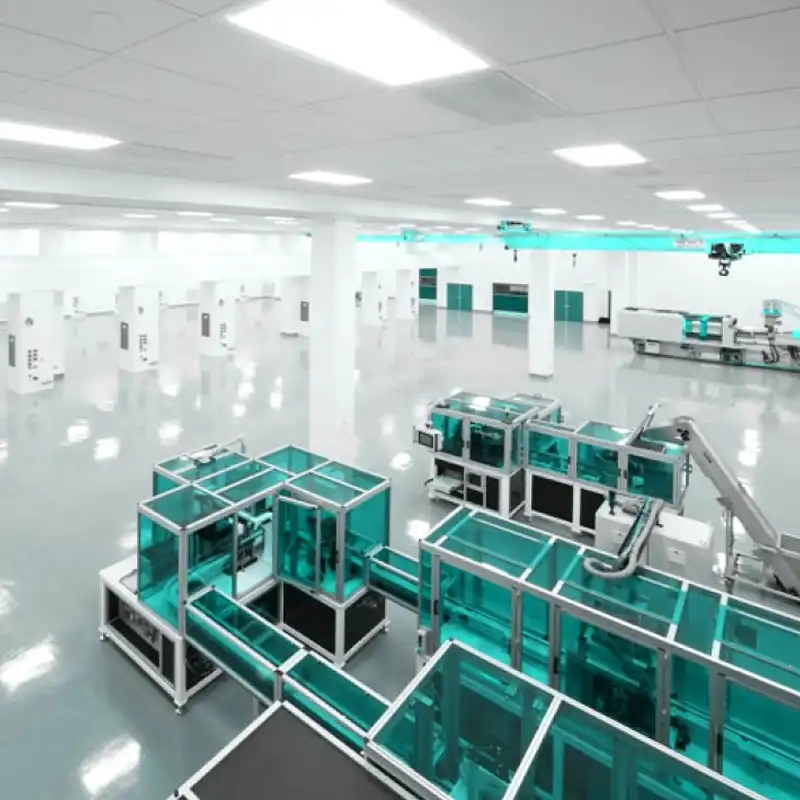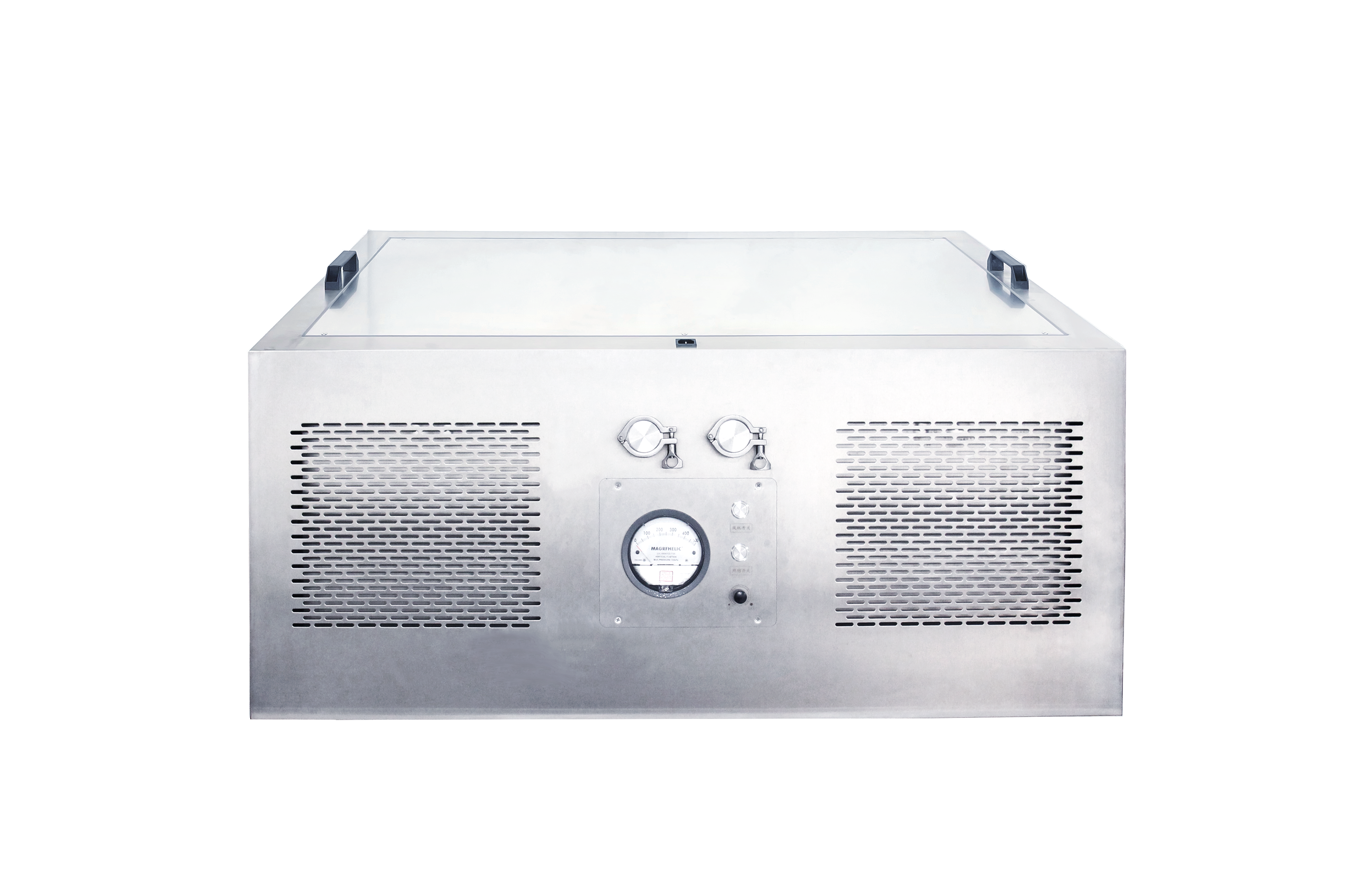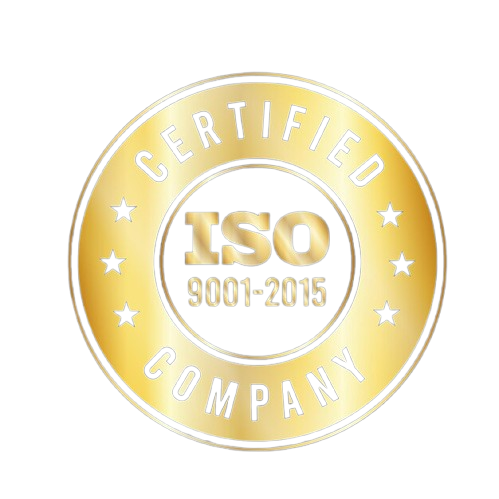Future Trends in Cleanroom Design: Meeting the Demands of Precision and Sustainability
Cleanrooms play a critical role in industries like pharmaceuticals, biotechnology, electronics, and healthcare, where even a minor contaminant can compromise the quality and safety of products. As industries evolve, so do the demands on cleanroom environments. New trends in cleanroom design focus on precision, efficiency, and sustainability, driven by advancements in technology, environmental concerns, and evolving regulatory requirements. In this article, we’ll explore some of the future cleanroom trends that are shaping the industry and how they meet the needs of modern, high-stakes environments.
Why the Future of Cleanroom Design is Changing
With the growth of sectors like pharmaceuticals, biotechnology, and semiconductor manufacturing, cleanrooms are expected to adhere to increasingly stringent standards for contamination control, energy efficiency, and environmental impact. As the demand for higher production rates and lower operational costs continues to rise, cleanrooms are incorporating advanced technologies and sustainable practices that were previously unattainable.
Future Cleanroom Trends: Key Innovations
1. Modular Cleanroom Designs for Flexibility and Scalability
Modular cleanroom designs have gained popularity due to their ability to adapt to changing production needs quickly and efficiently. These designs use prefabricated components that can be easily assembled, reconfigured, or expanded, allowing companies to scale up or down depending on demand.
- Scalability: Modular cleanrooms enable rapid adjustments to production capacity, which is essential for industries that experience fluctuating demands.
- Cost Efficiency: Since modular designs require less onsite construction, they reduce labor costs and minimize operational downtime.
- Wise Link’s Modular Cleanrooms: As an industry leader, Wise Link offers modular cleanroom solutions that are customizable, cost-effective, and compliant with industry standards.
2. Integration of Smart Technology for Precision Control
The next generation of cleanrooms is embracing smart technology to enhance precision, monitoring, and operational efficiency. IoT (Internet of Things) sensors, AI-driven monitoring, and data analytics allow real-time tracking of environmental conditions, particle levels, and contamination risks.
- IoT Sensors: Smart sensors measure parameters such as air quality, humidity, and temperature, providing real-time data that ensures optimal conditions are maintained.
- AI and Machine Learning: AI-driven systems analyze trends and predict contamination risks, enabling proactive adjustments before issues arise.
- Automation: Automated systems, like robotic arms, can handle materials without human intervention, reducing contamination and improving process efficiency.
3. Sustainable Materials and Energy-Efficient Systems
Sustainability is a growing priority in cleanroom design, with companies looking to reduce their carbon footprint and operating costs. Using eco-friendly materials and energy-efficient systems is becoming a standard practice in cleanroom construction.
- Recyclable Materials: Many cleanrooms are now built with materials like aluminum and glass, which are recyclable and reduce waste.
- Energy-Efficient HVAC Systems: Since HVAC systems consume the most energy in cleanrooms, future designs prioritize energy-efficient systems that maintain air quality with minimal power use.
- LED Lighting: LED lighting reduces energy consumption compared to traditional lighting and provides better illumination for tasks that require precision.
4. High-Performance Air Filtration Systems
Air filtration is at the core of any cleanroom, and advancements in filtration technology are paving the way for more efficient and reliable systems. Future cleanrooms are integrating HEPA and ULPA filters with longer lifespans, higher efficiency, and lower maintenance needs.
- HEPA and ULPA Filters: New-generation filters can remove up to 99.9995% of particles, ensuring optimal air quality.
- Self-Cleaning Filters: Some advanced filters now feature self-cleaning capabilities, which reduce the need for manual maintenance and extend the filter’s lifespan.
- Wise Link’s Filtration Solutions: Wise Link provides high-performance air filtration systems that meet stringent air quality standards and support long-term cleanroom efficiency.
5. Enhanced Contamination Control with Advanced Coatings
As industries strive for higher levels of contamination control, antimicrobial coatings are becoming a staple in cleanroom surfaces. These coatings prevent bacterial and microbial growth, ensuring that surfaces stay cleaner and reducing the frequency of cleaning required.
- Antimicrobial Wall and Floor Coatings: Surfaces with antimicrobial coatings inhibit bacterial growth, which is especially important in pharmaceutical and healthcare cleanrooms.
- Non-Porous Surfaces: Future cleanrooms are incorporating non-porous surfaces that resist microbial buildup, making them easier to clean and less susceptible to contamination.
The Role of Technology in Future Cleanroom Trends
1. Artificial Intelligence for Predictive Maintenance
AI technology is set to transform cleanroom operations through predictive maintenance. By analyzing data from IoT sensors, AI systems can anticipate maintenance needs and alert staff before issues escalate. This minimizes downtime, ensures equipment longevity, and reduces overall maintenance costs.
- Benefits of Predictive Maintenance: Reduces unscheduled downtime by predicting failures, allowing for preventive measures that enhance system reliability.
- Wise Link’s Integration: Wise Link supports predictive maintenance in cleanroom solutions, leveraging AI technology to help clients maintain optimal cleanroom conditions.
2. Augmented Reality (AR) for Training and Troubleshooting
Augmented Reality is an emerging tool in cleanroom environments, used for staff training, troubleshooting, and maintenance. AR can guide technicians through complex procedures without needing physical contact, reducing contamination risks and enhancing staff efficiency.
- AR Training: Trainees can learn cleanroom protocols through immersive AR experiences, reducing the need for in-person training sessions.
- Troubleshooting: AR tools can help identify and resolve issues faster, providing real-time visual guidance on repairs and maintenance.
The Growing Emphasis on Sustainability in Cleanroom Design
Environmental consciousness is pushing cleanroom facilities to adopt sustainable practices. As cleanrooms are known to consume significant amounts of energy, future designs focus on lowering energy use, water consumption, and waste.
1. Water Conservation with Closed-Loop Systems
Water is often required for cooling and cleaning processes in cleanrooms. Closed-loop water systems allow for water recycling and reuse, reducing overall water consumption and minimizing environmental impact.
- Closed-Loop Systems: These systems recycle water within the facility, reducing the demand for freshwater and lowering costs associated with water use.
2. Zero-Waste Construction and Eco-Friendly Materials
Many companies are shifting toward zero-waste construction by using eco-friendly materials and minimizing waste throughout the building process. Materials like recycled aluminum, glass, and sustainably sourced wood are becoming popular choices for cleanroom construction.
- Sustainable Materials: Choosing materials that can be recycled or repurposed after a cleanroom’s lifecycle minimizes environmental impact.
3. Energy-Efficient HVAC Systems with Variable Air Volume (VAV)
Traditional HVAC systems in cleanrooms operate at a constant rate, consuming vast amounts of energy. Variable Air Volume (VAV) systems adjust airflow based on real-time needs, significantly reducing energy consumption while maintaining required cleanliness levels.
- Energy Savings with VAV Systems: By adjusting airflow based on occupancy and activity levels, VAV systems can reduce energy usage by up to 40%.
- Wise Link’s Energy-Efficient Solutions: Wise Link offers energy-efficient HVAC solutions designed to minimize power consumption and reduce carbon footprints in cleanroom facilities.
The Importance of Compliance in Future Cleanroom Design
Compliance with industry regulations is crucial in cleanroom design, especially in sectors like pharmaceuticals, healthcare, and food processing. As regulatory bodies like the FDA, ISO, and WHO update their standards, future cleanroom designs must evolve to meet stricter requirements.
1. ISO 14644 and GMP Compliance
ISO 14644 is the international standard for air cleanliness in cleanrooms, while Good Manufacturing Practice (GMP) is essential for pharmaceuticals and food processing. Future cleanrooms are designed with these regulations in mind, incorporating advanced air filtration, contamination control, and monitoring systems.
- Compliance-Driven Design: Wise Link’s cleanroom solutions are designed to meet ISO 14644 and GMP standards, ensuring clients’ facilities are fully compliant with regulatory requirements.
2. FDA and WHO Guidelines for Cleanroom Facilities
The FDA and WHO provide guidelines on cleanroom practices, especially in pharmaceutical and healthcare settings. Future cleanroom designs must prioritize compliance with these standards, integrating monitoring systems and smart technology to maintain consistent cleanliness levels.
Wise Link’s Commitment to the Future of Cleanroom Design
Wise Link remains at the forefront of cleanroom innovation, offering advanced, sustainable, and customizable solutions to meet the evolving needs of industries that rely on contamination-free environments.
1. Expertise in Modular and Sustainable Cleanroom Design
Wise Link specializes in modular cleanrooms that are customizable, scalable, and designed with sustainability in mind. By using recyclable materials and energy-efficient systems, Wise Link provides clients with high-performance cleanroom environments that are environmentally responsible.
2. Integration of Advanced Filtration and Monitoring Technology
Wise Link’s cleanrooms feature cutting-edge filtration systems and IoT-based monitoring solutions. By integrating AI and predictive maintenance tools, Wise Link helps clients reduce downtime, maintain compliance, and optimize operational efficiency.
3. Comprehensive Project Support from Design to Maintenance
From initial consultation through to post-installation support, Wise Link offers complete cleanroom solutions that meet stringent industry standards. Our team provides full installation, maintenance, and compliance assistance, ensuring that each cleanroom operates at peak performance.
Ready to Future-Proof Your Cleanroom?
Discover sustainable, high-tech cleanroom solutions with Wise Link. Contact us to learn how our designs meet the demands of precision and efficiency.”





